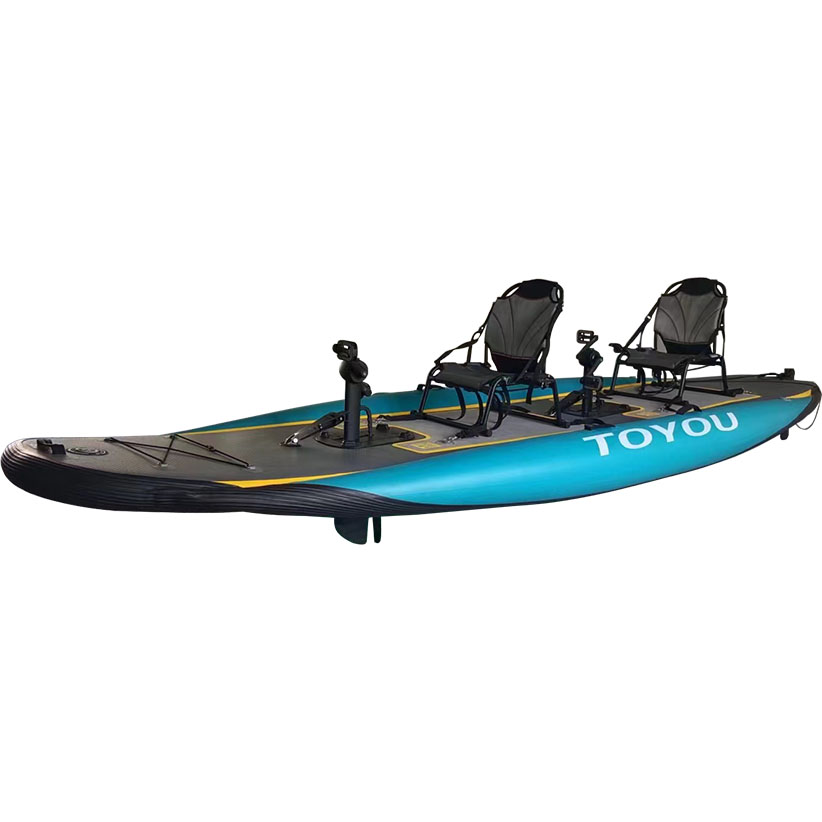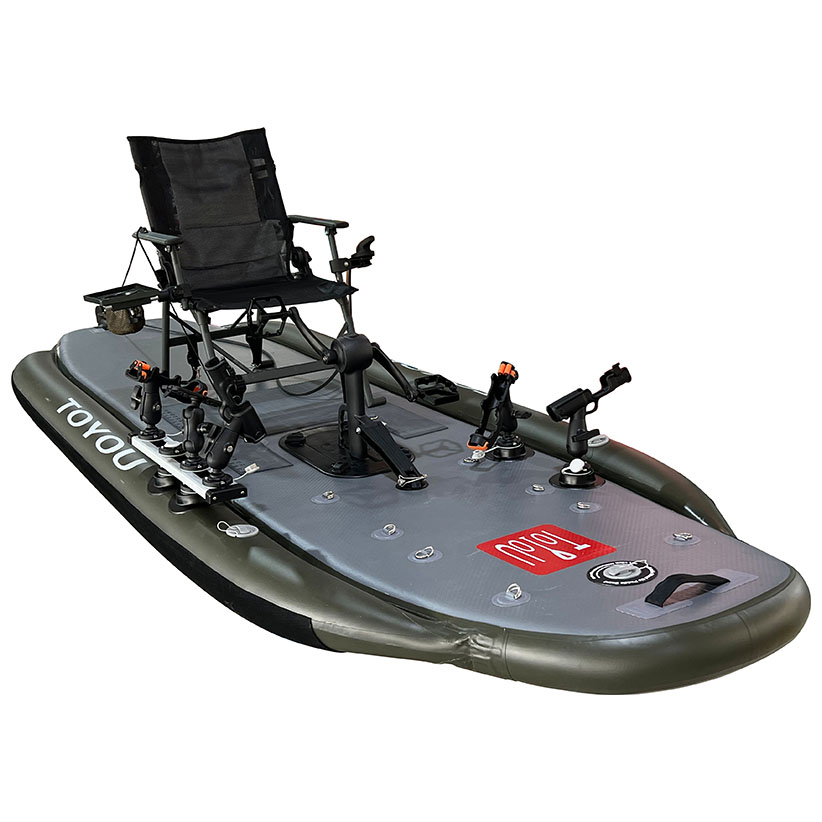Storing an inflatable kayak outside is not ideal, but if it must be done, there are specific precautions you can take to protect it from environmental damage and prolong its lifespan. Here are some tips and considerations:
Tips for Storing an Inflatable Kayak Outside
1. Protection from UV Rays
- Use a Cover: Invest in a UV-resistant cover to shield the kayak from direct sunlight. UV rays can degrade the material over time, causing it to become brittle and prone to punctures.
- Shade: If possible, store the kayak in a shaded area to minimize sun exposure. Under a deck, a porch, or an overhang can provide some protection.
2. Weather Protection
- Waterproof Cover: Use a waterproof cover to protect the kayak from rain, snow, and moisture. This prevents mold and mildew from forming on the material.
- Elevation: Store the kayak elevated off the ground to avoid contact with standing water and moisture, which can lead to mildew and deterioration.
3. Temperature Considerations
- Avoid Extreme Temperatures: Store the kayak in a place where it won’t be exposed to extreme heat or cold, as both can negatively affect the material. Extreme heat can cause the material to expand and weaken, while extreme cold can make it brittle.
- Inflation Level: If the kayak is left partially inflated, make sure it’s not over-inflated. Temperature fluctuations can cause air pressure changes, potentially damaging the seams.
4. Pest Protection
- Rodent Deterrents: Ensure the storage area is free from rodents and insects that could chew through the material. Using mothballs or other pest deterrents can help.
5. Security
- Lock it Up: Use a lock or security cable to deter theft, especially if the kayak is stored in a visible or accessible area.
Steps for Storing the Kayak
- Clean the Kayak: Rinse off any salt, sand, or dirt, and let it dry completely before storing. This helps prevent mold and mildew.
- Deflate Properly: Fully deflate the kayak to remove all air. Rolling the kayak instead of folding can help avoid creating creases that can weaken the material.
- Cover: Use a durable, UV-resistant, and waterproof cover to protect the kayak from the elements.
Potential Issues with Outdoor Storage
- Material Degradation: Prolonged exposure to sunlight and moisture can significantly degrade the materials.
- Mildew and Mold: Moisture can lead to mold and mildew growth, which can be difficult to clean and damaging to the kayak.
- Temperature Fluctuations: Extreme temperatures can affect the integrity of the kayak material and seams.
Ideal Storage Conditions
While outdoor storage can be managed with the above precautions, storing your inflatable kayak indoors in a cool, dry place is always the best option. A garage, basement, or storage shed provides better protection from environmental factors.
By taking these precautions, you can help ensure your inflatable kayak remains in good condition even if stored outside.


